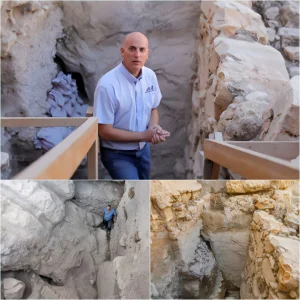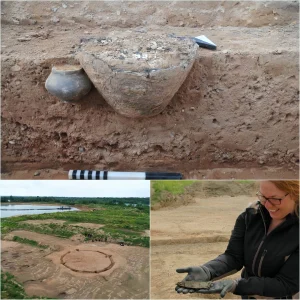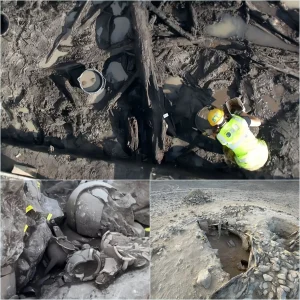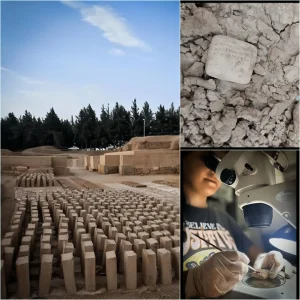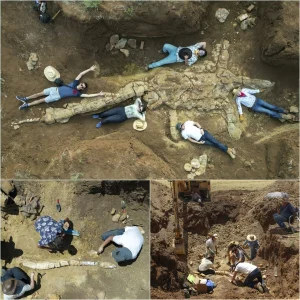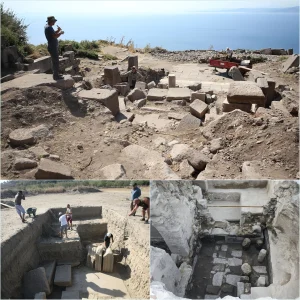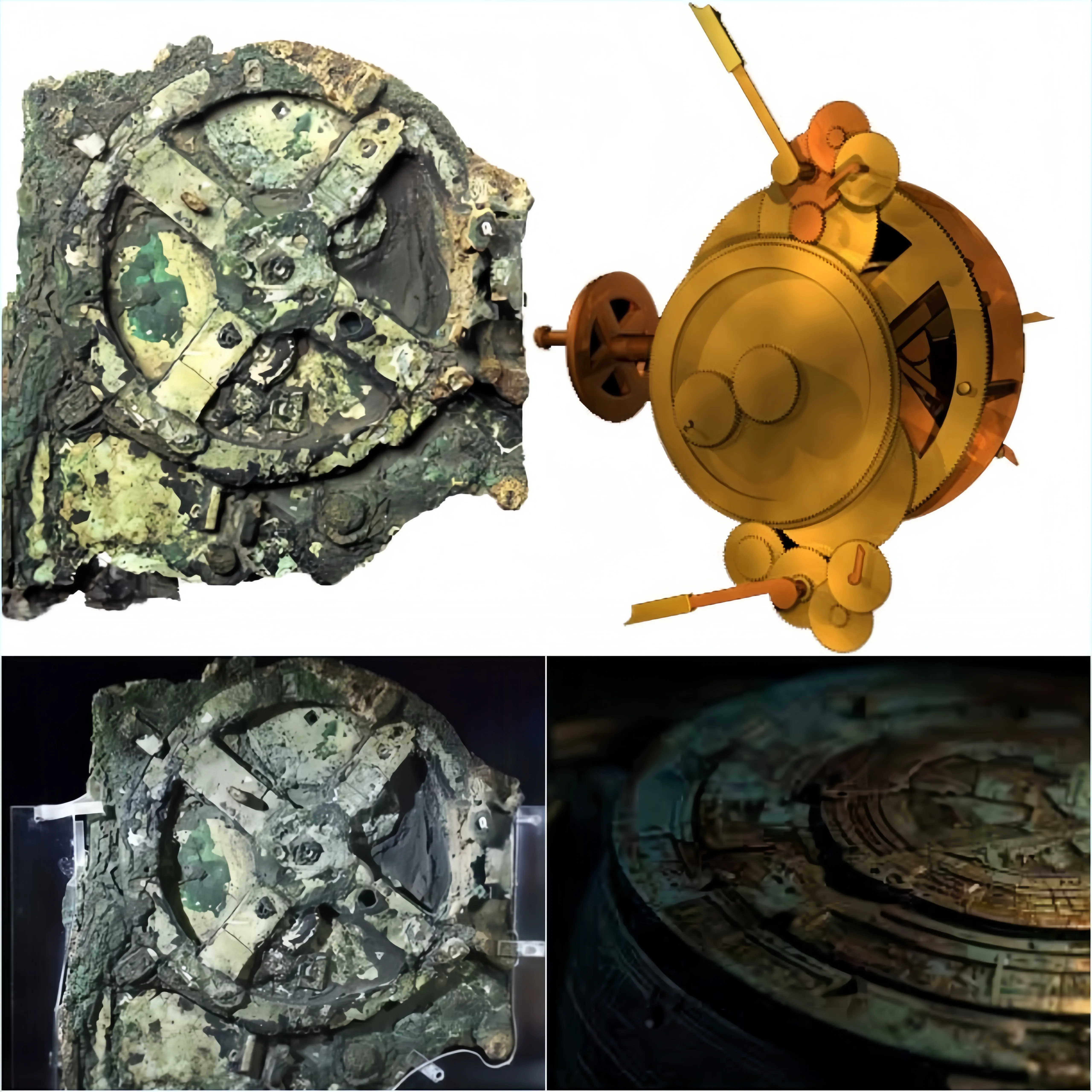
A discovery that continues to intrigue and redefine our understanding of ancient technology and astronomy emerged over a century ago from the depths off the coast of Antikythera, Greece. Divers in 1901 uncovered remnants of a shipwreck, including a remarkable artifact that would come to be known as the Antikythera Mechanism.
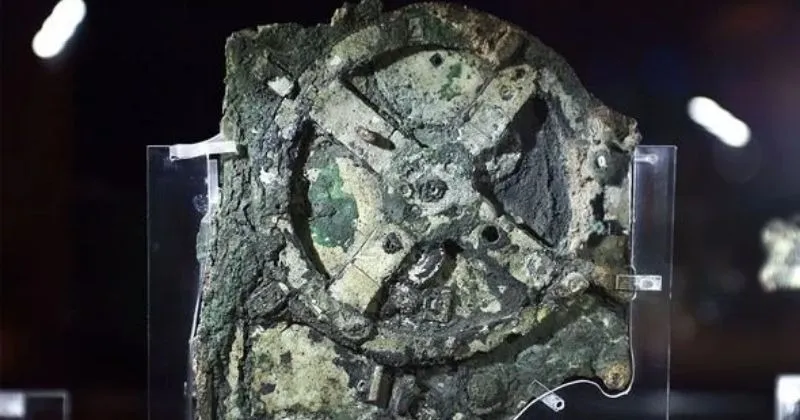
This ancient marvel, often described as an analogue computer, has captivated the curiosity of archaeologists, mathematicians, and scientists worldwide. Recent advancements in 3D x-ray and modeling technology have enabled experts to delve deeper into its mysteries, unveiling its sophisticated capabilities.
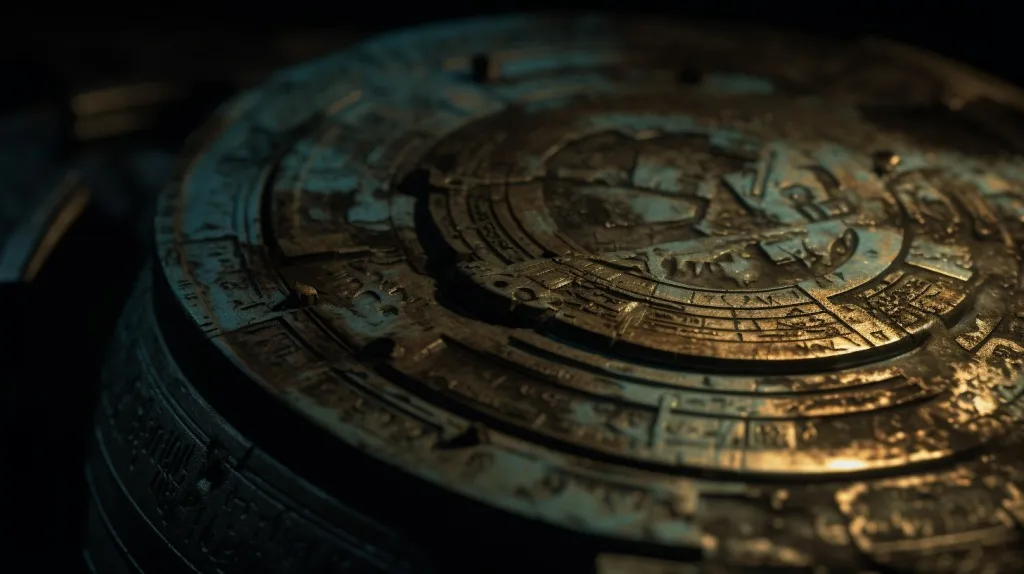
Crafted around 100 BC, the Antikythera Mechanism is believed to have been a hand-powered orrery—a device used to predict astronomical positions and eclipses years in advance. Remarkably, it could also track the four-year cycle of athletic games akin to the ancient Olympiad.
Originally housed in a wooden box recovered from the wreckage, the mechanism consists of 82 fragments, including intricately meshing bronze gears and inscriptions that once adorned its outer casing. The largest gear, approximately 13 centimeters in diameter with 223 teeth, is a testament to the craftsmanship of its time.
In 2008, a breakthrough came when researchers from Cardiff University utilized modern computer tomography to reveal hidden details and inscriptions, shedding light on its functions. The mechanism was capable of tracking the movements of the Moon and Sun through the zodiac, predicting eclipses, and modeling the Moon’s irregular orbit—a feat attributed to the ancient astronomer Hipparchus of Rhodes.
Despite its advanced design, there remains speculation that parts of the mechanism are missing, including its ability to calculate the positions of the classical planets. This ancient artifact stands as a testament to the ingenuity and scientific knowledge of its creators, challenging our perceptions of ancient technology and astronomy while fueling ongoing research into its origins and purpose.
